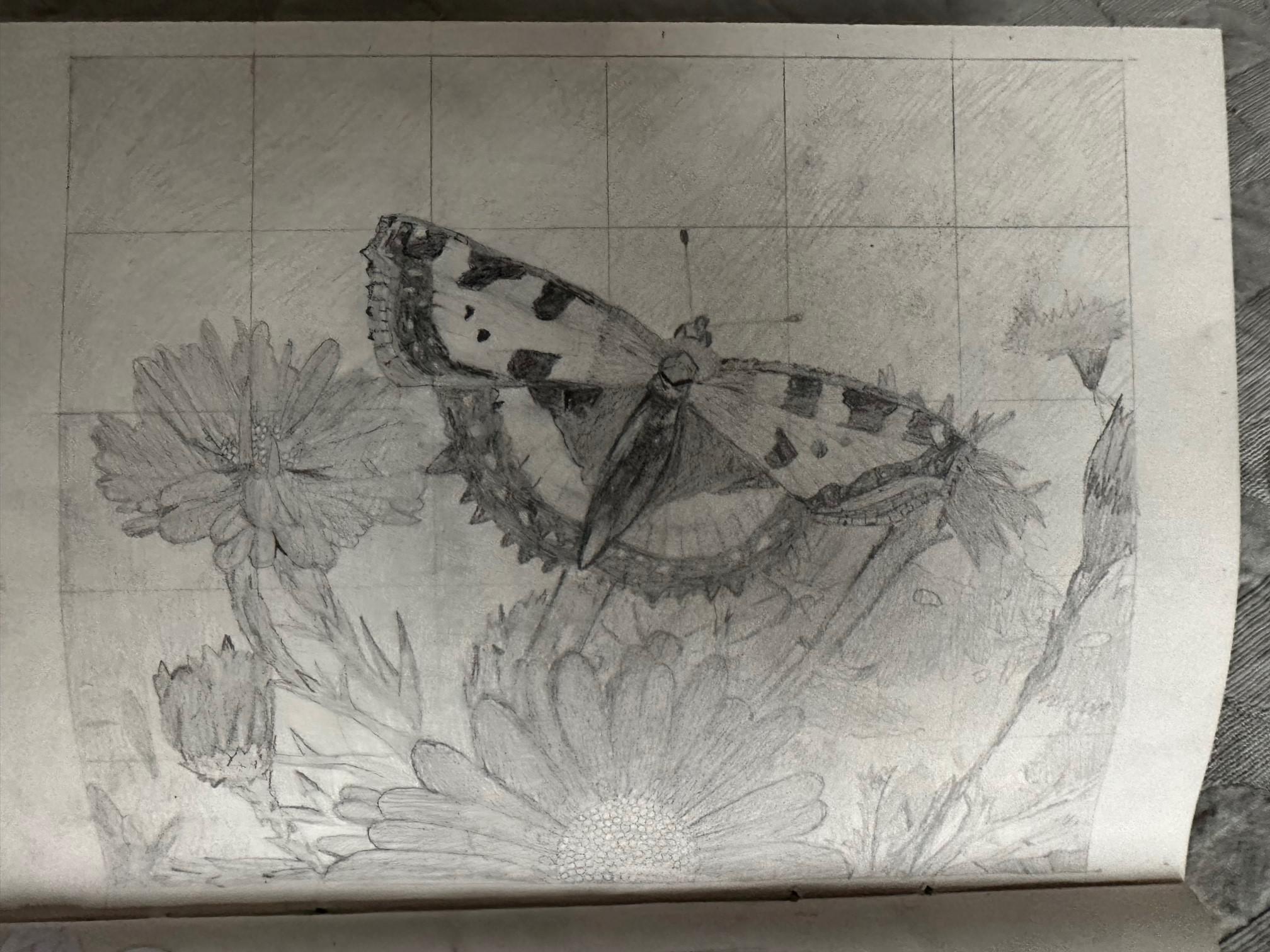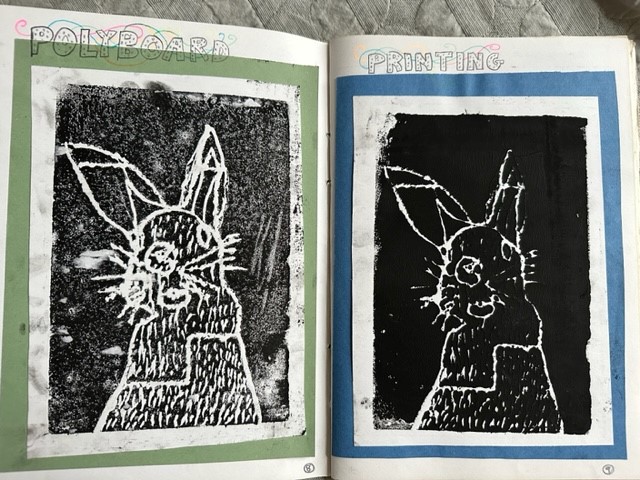
Tips for delivery and assessment: Gold Unit 1
BY: Nicola King
05 Sep 2023
Are you planning your Gold Arts Award delivery? Perhaps it is the first time you have delivered Gold, or maybe you just want to refresh your knowledge and double check your assessment? In this blog we will take a look at some areas you should pay close attention to when delivering and assessing Gold Unit 1.
Remember your most important tool when assessing, or delivering, Arts Award is your adviser toolkit, if you are unsure how to use your toolkit properly take a look at this back-to-basics blog.
Unit 1
Part A- Extend own arts practice
Part A can sometimes be confusing, so it is worth taking some time to make sure you have understood the requirements of this part. First of all, your young people need to identify what their main art form is, this is the art form in which they already have some skills and experience. Then they identify a new art form/genre or arts practice in which they want to gain some experience.
They create a plan for how they will gain this experience, for example attending workshops or lessons, watching online tutorials, practicing in their own time etc. After they have developed skills in this new art form/practice, they create a piece of art in their original art form (that is the one they were already familiar with) that is inclusive of, or influenced by, the new art form/practice. An example of this might be:
- The young persons original art form is painting, they decide to gain experience in photography and then produce a painting that incorporates some of the photographic images they have taken, creating a mixed media art piece.
It is important when your young person is deciding what new art form or practice they will explore that they have the end product (the new piece of art work) in mind, and that they think through how they will bring the two arts forms together. If they do not have a plan for how they could do this they may spend a lot of time developing a new skill, only to discover there is no clear way to incorporate this into their existing art form.
Sometimes young people may want to explore a new arts practice within their existing art form and this can work, providing the new arts practice is demonstrably different and they are able to make it very clear in their portfolios why this constitutes a new arts practice, and not just an extension of the art form they were already familiar with. An example of this might be:
- The young person’s art form is ballet, and they decide they want to gain more experience in contemporary dance. This is the same art form – dance – but is a different practice requiring different skills. They then choreograph a ballet dance with contemporary influences as their new artwork.
When assessing the portfolio, as well as evidence of their skills development, and of the new work, and the sharing of this work, there should also be a final review that reflects on the new skills developed and the influence this has had on their main art form. You will also need to ensure that the project the young person has selected is big enough in scope: as a guide the work undertaken should take the equivalent of three to six months, spending two to four hours each week.
Part B- Career development opportunities in the arts
Part B is all about participating in development opportunities through practical involvement in work placements, volunteering, training or workshops. In this part we are expecting young people to go beyond research and actively engage with the arts and cultural community. Participating in online workshops or tutorials is ok, but when assessing the evidence in the portfolio you should ensure that it will satisfy the minimum requirements of five days work placement or volunteering or two days training or workshops.
Sometimes the centre delivering might provide the young person with the work placement or volunteering opportunity and, while this is allowed, you need to ensure that the volunteering role is a substantial one that will allow them to meet the criteria. If the young person has, for example, helped out the art teacher in their school, will they have enough to talk about when they are describing what activities they undertook and what they learned from these? Will they be able to reflect on how this experience has supported their learning and arts development?
Part C- Research practitioners and review arts events
In this part you will be looking for evidence the young person has researched into more advanced arts practitioners, their work, and any organisations that have supported this practitioner. If they have reached out to a practitioner or organisation you would want to see evidence of this in the portfolio, even if they didn’t receive a reply.
There should also be reviews of relevant arts events/experiences, this does not necessarily mean that the arts events have to be in the main art form from Part A, but it should be relevant to their artistic development. When assessing the reviews, you should consider whether they have used language appropriate to the art form and whether it is in the level of detail we would expect at Level 3. Take a look at the assessment criteria for guidance on what the young person should be demonstrating.
Part C also includes a reflection on how their research and experiences have influenced their own arts practice/plans and how they might develop their arts practice in the future.
Part D- Form and communicate a view on an arts issue
For Part D the young person researches a range of views on an arts issue of their choice and then forms and shares their final argument on the issue. The issue must be arts related, so if the young person chose, for example, 'women in sport' as an issue this would not be suitable as it is not connected to the arts.
When assessing the portfolio, you should be looking for a description of the issues and why they have chosen it, as well as evidence that they have researched a range of views on this issue. Their final argument is not, in and of itself, evidence of research; this is a separate evidence requirement. As above, you should be assessing whether their final argument is of the standard we would expect for a Level 3 qualification.
Evidence Locator Form
If your centre is selected for moderation, we'll let you know which portfolios we wish to sample. You'll then need to follow our guidance on assembling these portfolios in a digital format, complete an ‘Evidence Locator Form’ for each young person, and submit the work using our portfolio submission platform. It’s crucial that your evidence locator form is as clear as possible as this is the moderator’s guide to young people’s work. If you’ve identified evidence then make sure that your evidence locator form states exactly where to find it! Use page numbers, slide numbers, and ensure that evidence is grouped and labelled so it is clear which section of the award it relates to. If there’s a video or audio recording then note the relevant time code. Put captions on photographs.
Always remember that moderators are looking at portfolios for the first time – they might not have the context needed to match evidence to a specific part, so make it easy for them!
Our portfolio building templates for Gold Unit 1 and Gold Unit 2 can help when gathering evidence.
Now that you have reviewed Unit 1 take a look at our guidance for Gold Unit 2.
Related posts
BY: Nicola King
BY: Nicola King
BY: Alan Lynch




Comments & Replies